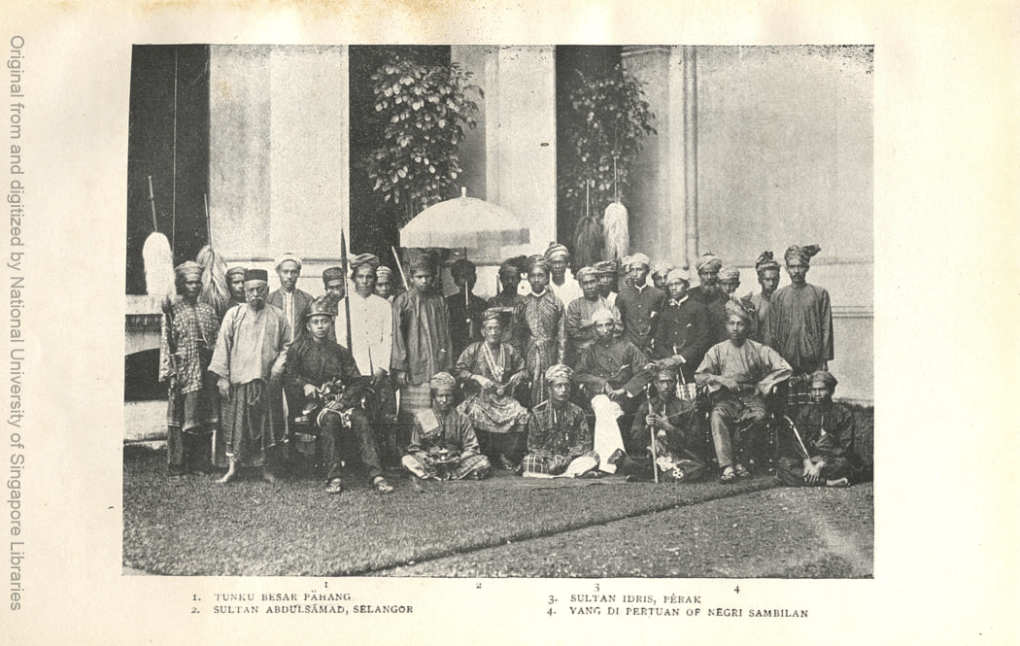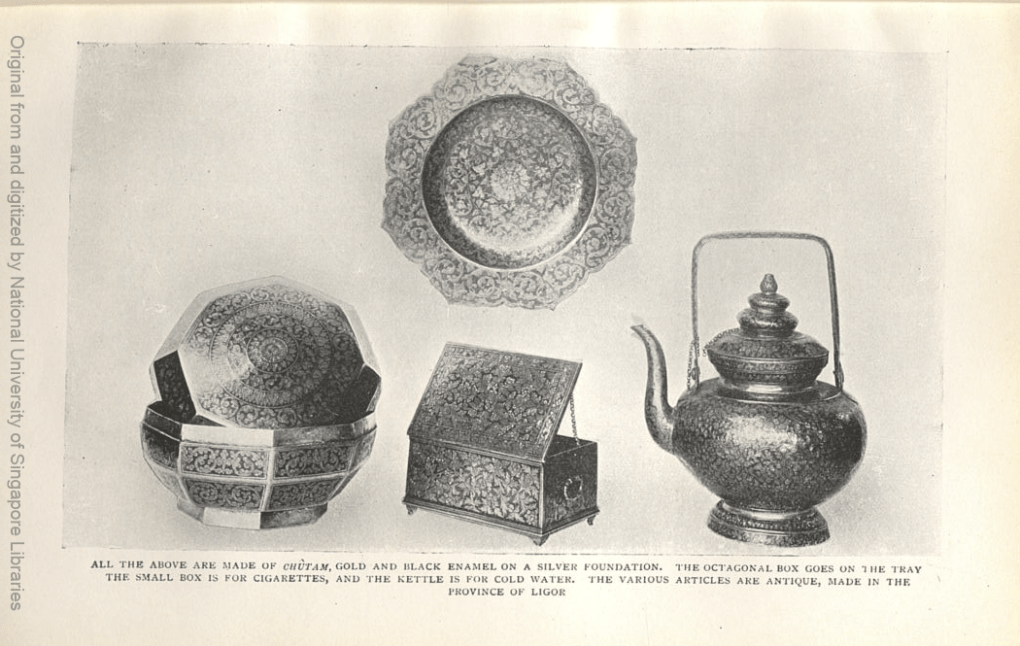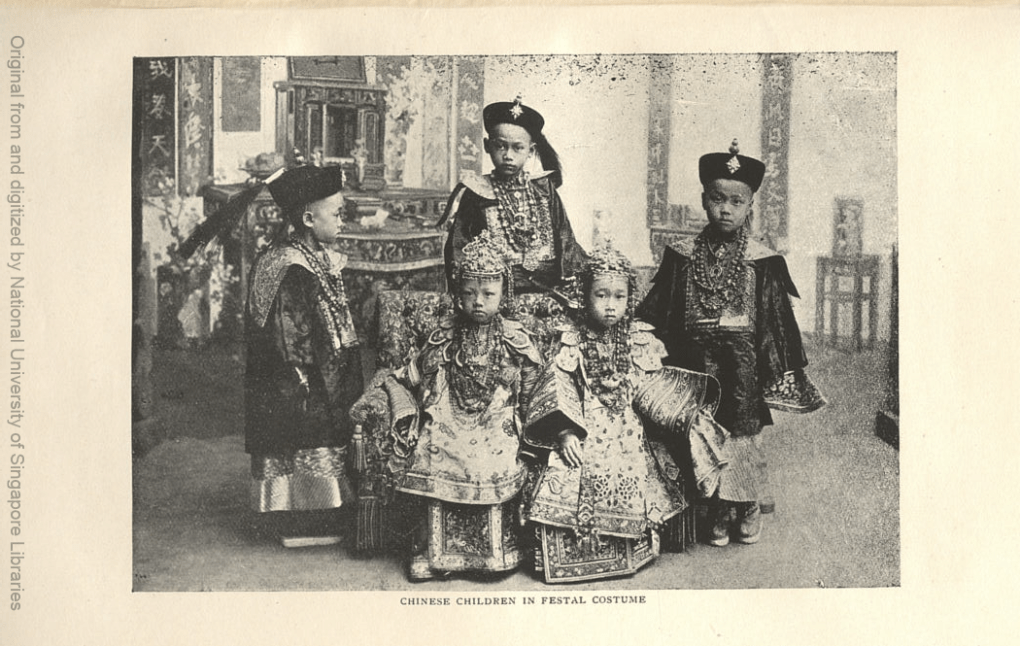By Jolyn Tay
Did you know that Singapore was once called the “Queen of Far Eastern Seas”, or that Fort Canning was called “the Forbidden Hill”? How did colonial Britain’s impact on the Malay Peninsula extend beyond the Straits Settlements? The answers to these and more can be found in Sir Frank Swettenham’s British Malaya: an account of the origin and progress of British Influence in Malaya. First published in 1906 and reprinted several times since, the book provides a fascinating glimpse into the early history of the British Straits Settlements.
Sir Frank Swettenham entered the service of the British government in the Malay Peninsula in 1868, rising from the lowest ranks of the civil service and retiring in 1904 at the pinnacle of the Malayan colonial service as Governor of the Straits Settlements. He is credited as having played a significant role in shaping British colonial policy and administration in the Malay Peninsula, and it is from this front-row perspective of a colonial administrator that British Malaya was written.
Swettenham provides an insider’s look into the circumstances under which British Government was introduced into Peninsular Malaya, providing a meticulous narration of the economic, cultural, and political environment. Giving a brief history of the Straits Settlements, Swettenham sought to illustrate the influence of colonial development of those areas on the mainland of Malaya, drawing comparisons between the progress made in the Malay States under British protection and the other states in the Peninsula
Beyond the description of colonial influence in Malaya, Swettenham included detailed descriptions of features of the country and the character of its varied people, augmented by an extensive range of photos, map, and illustrations. He also gave biographical descriptions of Malay rulers, as well as other people groups such as the Straits Chinese. Swettenham’s account extends to descriptions of the culture, lifestyle, customs and traditions, local governments, commerce, infrastructure, and landscape of Malaya.
Having immersed himself in the local culture and learnt the Malay language, Swettenham’s unique insights into the style of Malay writing, language, music, and ceremonies create a surprisingly nuanced view of Imperial Britain’s role in the peninsula. British Malaya is truly a special resource for both scholars and enthusiasts of colonial and South East Asian history.




